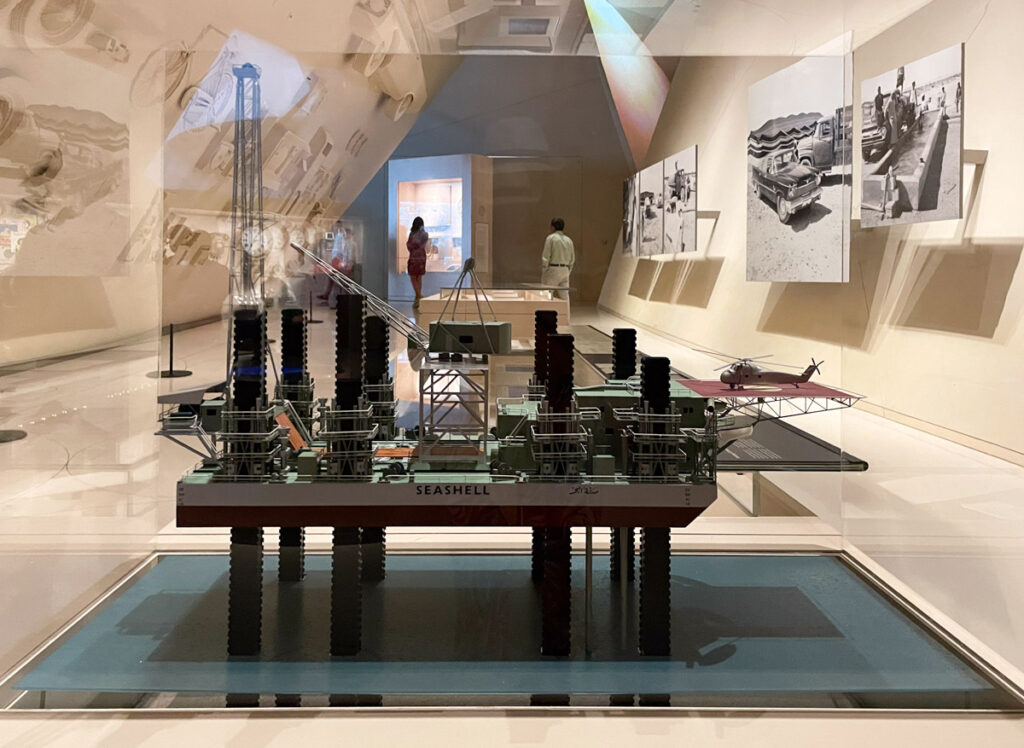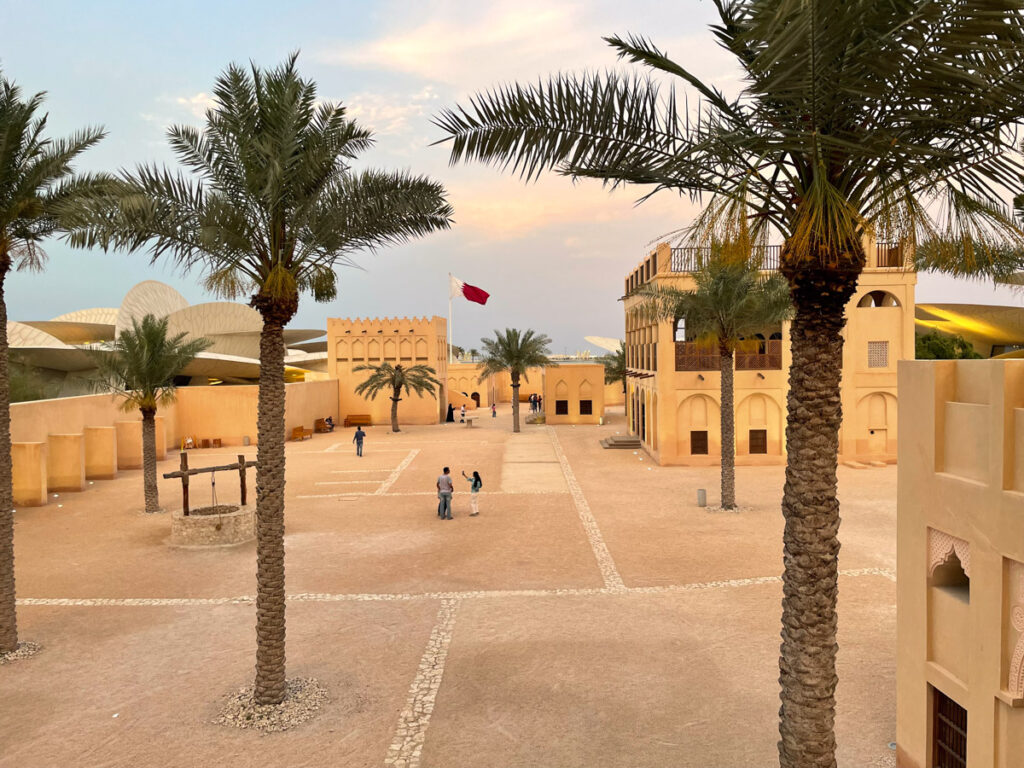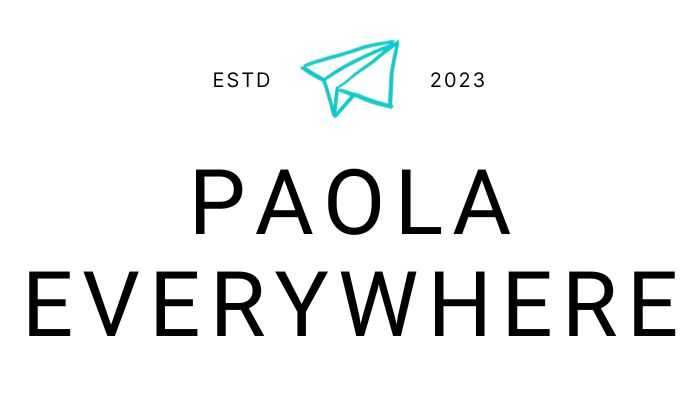The National Museum of Qatar, one of the most frequented destinations in Doha, often shortened to NMoQ, is an architectural marvel designed by Jean Nouvel. Its exterior resembles a desert rose, with interlocking disc-like structures. As you step inside, you’ll discover Qatar’s history, geology, and traditional nomadic life in the desert through interactive installations and stunning artefacts like royal pearl tiaras. The museum is a must-visit destination in Doha, offering the perfect introduction to the Qatari people and history.
Table of Contents
What to See at the National Museum of Qatar: Delving into Qatari History and Heritage
The National Museum of Qatar is a fantastic destination in Doha. In a breathtaking building, the museum employs immersive displays, multimedia presentations, and videos with testimonies that tell the story of the Qatari people, their evolving lifestyles along the coast, and their enduring spirit.
PLAN YOUR TRIP TO QATAR
During your trip to Qatar make sure you stay connected by purchasing Airalo eSIM online in advance, and avoid the hassle of buying a physical SIM at the airport.
In addition, remember to purchase Heymondo travel insurance that provides coverage against unexpected events such as medical emergencies, trip cancellations, lost luggage, and more. It offers great value for money and ensures a stress-free and enjoyable trip!
The experience is both educational and entertaining, with numerous interactive installations for visitors of all ages, making it perfect for a family outing. At the end of your visit, you can explore the stunning Sheikh Abdullah bin Jassim Al-Thani Palace, which showcases the traditional lifestyle of Qatari extended families.
Qatar’s Formation and Natural Environments
The National Museum of Qatar exhibit starts with the Qatari peninsula shaped by powerful geological forces over 700 million years ago. In the first gallery, you can examine fossils of animals and plants from different periods. In contrast, the second gallery focuses on Qatar’s natural environments, highlighting the other species living on land and sea.
The gallery features stunning models of Qatar’s land and sea creatures, including an incredible life-size whale shark suspended from the ceiling. Movies about the environment play against the backdrop of the exhibits.
Here, you can discover the interconnection between different species and environments, and understand Qatar’s ecosystems. The gallery’s interactive displays are also perfect for children, encouraging them to engage with the exhibition.

Traditional Qatari Lifestyle
The second area of the National Museum of Qatar tells the history of the people of Qatar, back to the earliest inhabitants who lived in temporary camps thousands of years ago. I really liked this space because there were videos of real Qatari people sharing memories of their traditional lifestyle in the desert.
Here, I discovered that movement has always been a fundamental aspect of Qatari culture, with traditional seasonal migration between al barr, the inland desert, and the coast for pearl fishing. The exhibit features a collection of artefacts that were used in trading, urban life, and domestic traditions, all of which were discovered in the Al Zubarah archaeological area, Qatar’s first UNESCO site.
Modern History of Qatar
The last part of the National Museum of Qatar offers insight into the country’s modern history from the 1500s onwards and a deeper understanding of Qatari culture and its contemporary role in the world. Throughout its history, Qatar has had various interactions with other nations, including the Portuguese, Ottomans, and British. It wasn’t until Sheikh Jassim brought the tribes together that Qatar became a unified country.
However, the early 20th century was a challenging time for Qatar. The pearl economy, which had been the backbone of the country’s economy, collapsed due to the development of cultured pearls in Japan. Additionally, a plague outbreak decimated the population, and the Sanat Al Tabah storm destroyed the country’s pearling fleet.
Despite these setbacks, Qatar remained resilient and continued to evolve thanks to the discovery of oil. Through radios, televisions, telephones, stamps, and currency, you can learn how the Qatari lifestyle changed in the past 50 years.

Qatar Today
The final section of the National Museum of Qatar offers insight into the reign of the current Emir, HH Sheikh Tamim bin Hamad Al Thani. His leadership continues his father’s work in diversifying the economy and creating opportunities for the people of Qatar.
One of the most interesting parts of the museum for me was Qatar’s contemporary history, where I learned about the blockade imposed in 2017 by Saudi Arabia and Bahrain. Despite this isolation, Qatar has continued to grow and develop, diversifying its economy and striving to create new opportunities for its people.

The Old Palace: Sheikh Abdullah bin Jassim Al-Thani Palace
After the visit of the National Museum of Qatar, you can explore the original palace of Sheikh Abdullah bin Jassim Al Thani. This building served as the family home of the Sheikh and was also the seat of the government for 25 years.
The palace has been meticulously restored and conserved to preserve its historical and cultural significance, providing visitors with an authentic glimpse into the life of Qatar’s ruling family.

The Awe-Inspiring Architecture of the National Museum of Qatar
The National Museum of Qatar is an architectural masterpiece that attracts visitors from all over the world. If you don’t want to visit the museum, you can enter the courtyard for free and marvel at the building up close.
The museum was constructed over eight years under the guidance of the renowned French architect Jean Nouvel and completed in 2019. Built around the original palace of Sheikh Abdullah bin Jassim Al Thani, the exterior of the National Museum of Qatar is reminiscent of a desert rose, with interlocking disc-like structures.
The museum’s interiors are just as impressive as its exterior. The museum boasts a 220-seat auditorium, beautiful gallery spaces, and restaurants where you can indulge in the rich and flavorful Qatari cuisine.
Sustainability
The National Museum of Qatar is a marvel of sustainable architecture, making it one of the most energy-efficient structures in the region. The museum’s low-carbon energy footprint starts with its passive design, which minimises energy use for cooling. The building’s façade is insulated with high-performance glazing, and the interiors have a thermal mass to maintain a comfortable temperature.
The museum’s upper interlocking discs provide passive shade to protect a significant part of the façade from direct sunlight, which substantially reduces the need for indoor cooling. Moreover, during construction, the museum reduced its carbon footprint by sourcing 20% of its building materials from the local region.
All the plants used for landscaping have been chosen to match the region’s dry climate with a selection of native flora like pomegranate trees, date palms, herbs, and Sidra trees. Plants are watered through a sustainable drip irrigation system that ensures that water is provided directly to the roots, minimising water waste.

Practical Information to visit the National Museum of Qatar
The National Museum of Qatar is a must-see attraction in Doha. Here you can enjoy a journey of cultural discovery and innovation, which will allow you to gain a deeper appreciation for Qatar’s rich heritage.
The museum is spread over two levels, both of which are fully accessible. In addition, there are two gift shops, one for adults and one for children, where you can find a lot of nice souvenirs and books to take home with you.
National Museum of Qatar with kids
The National Museum of Qatar is a great place to visit with children, with many interactive installations to keep them engaged and entertained. In the park that surrounds the museum, kids can explore a realistic representation of an actual cave or enjoy the two playgrounds.
The Nakilat Adventure Ship playground looks like the wreck of a traditional Qatari boat and offers children the opportunity to learn about sailing, pearling, fishing, and trading while they play. The Qatar TotalEnergies playground, closed during summer, provides a unique opportunity for families to explore and discover the country’s rich energy history and future.
Opening Time
The museum is open Saturday to Thursday from 9 am to 7 pm. On Fridays, it opens at 1:30 pm, like most attractions in Qatar. To get the most out of your visit, I recommend planning around three hours to explore the museum, more if you visit it with kids.
Anyway, if you’re a museum lover or a history buff, I’m sure you might want to spend an entire day there. To avoid the crowds, the best time to visit the museum is usually in the early morning or late afternoon. This way, you’ll enjoy the exhibits without the crowd, as the museum is quite popular among tourists and locals.
Tickets of the National Museum of Qatar
The admission fee for the National Museum of Qatar is 50 QAR. However, tickets are free of charge for residents of Qatar and under 16.
How to get to the National Museum of Qatar
The National Museum of Qatar is located in the Corniche Waterfront and can be reached by public transport, including the metro (stop National Museum), bus, or tourist bus. If you are arriving by car, there is on-site parking available. Other nearby attractions include the Museum of Islamic Art and Souq Waqif.
National Museum of Qatar
Museum Park Street, Doha

Where to stay in Doha
Doha boasts a wide range of beautiful hotels with swimming pools and fitness centers to choose from. DoubleTree by Hilton Doha Old Town is a great modern accommodation in the heart of Doha. For a sea view option, you can choose the Wyndham Grand Doha West Bay Beach. If you prefer to stay in a hotel with an Arabian touch, I can recommend La Maison Hotel Doha, or for a luxurious experience, the incredible Sharq Village & Spa, a Ritz-Carlton Hotel.
In conclusion, the National Museum of Qatar is an incredible building you should visit for its stunning architecture and learn about Qatar’s past, present, and future. I hope you’re enjoy this article and feel free to share your thoughts in the comments.
